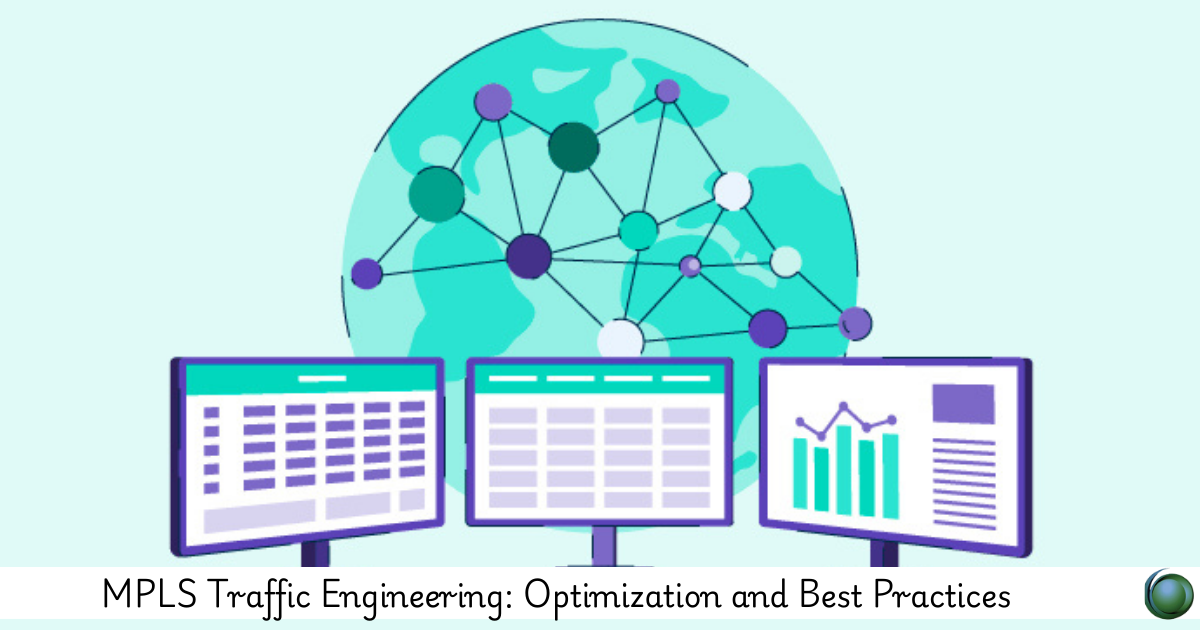Description
Introduction of MPLS Traffic Engineering(TE)
Multiprotocol Label Switching (MPLS) Traffic Engineering (TE) is essential for optimizing network performance, improving bandwidth utilization, and ensuring Quality of Service (QoS). By enabling efficient path selection and resource allocation, MPLS TE allows enterprises and service providers to enhance network reliability and scalability. This course provides a comprehensive understanding of MPLS TE principles, configurations, and best practices to optimize network traffic.
Prerequisites
- Basic understanding of networking concepts (IP routing, subnetting, and switching).
- Familiarity with MPLS architecture and Label Distribution Protocols (LDP, RSVP-TE).
- Experience with routing protocols such as OSPF or IS-IS.
Table of Contents
1. Introduction to MPLS Traffic Engineering(TE)
1.1 What is MPLS Traffic Engineering?
1.2 Benefits of TE in MPLS Networks
1.3 MPLS TE vs. Traditional IP Routing
2. MPLS TE Architecture and Components
2.1 Label-Switched Paths (LSPs) and TE Tunnels
2.2 Constraint-Based Routing (CBR)
2.3 Resource Reservation Protocol – Traffic Engineering (RSVP-TE)
3. Path Computation and TE Metrics
3.1 Explicit and Dynamic Path Selection
3.2 Bandwidth Allocation and Constraint-Based Routing
3.3 Administrative Weight and Affinity Attributes
4. Implementing MPLS TE
4.1 Configuring MPLS TE Tunnels on Routers
4.2 Setting Up Path Selection Policies
4.3 RSVP-TE Signaling and Bandwidth Reservations
5. QoS and TE Integration
5.1 Traffic Prioritization for MPLS TE(Ref: MPLS VPNs: Implementation and Configuration)
5.2 Differentiated Services (DiffServ) and TE Interworking
5.3 Load Balancing and Congestion Avoidance
6. MPLS TE for High Availability and Fast Reroute
6.1 MPLS Fast Reroute (FRR) Mechanisms
6.2 Protecting Against Link and Node Failures
6.3 Path Protection and Recovery Strategies
7. Monitoring and Optimizing MPLS TE Networks
7.1 Performance Monitoring Tools and Techniques
7.2 TE Tunnel Traffic Analysis and Optimization
7.3 Troubleshooting Common MPLS TE Issues
8. Future Trends
8.1 MPLS TE in SDN and Segment Routing (SR-MPLS)
8.2 AI-Driven Traffic Engineering and Automation
8.3 MPLS TE in 5G and Cloud Networking
MPLS Traffic Engineering is a crucial technology for optimizing network traffic, ensuring high availability, and enhancing QoS. By mastering MPLS TE, network professionals can design scalable and resilient infrastructures that efficiently manage bandwidth and prioritize critical applications.







Reviews
There are no reviews yet.